
MERSEA WILDLIFE VIPER VICTOR
Wingspan 32-40 mm. As the English name suggests, this is one of the earliest moths to emerge in the season, flying from March to May. It is fairly well distributed throughout Britain, though commoner in the south. It tends to inhabit lightly wooded areas and suburban locations, where it is often a visitor to the garden light-trap.

Moth month Scottish Wildlife Trust
Find the perfect early grey moth stock photo, image, vector, illustration or 360 image. Available for both RF and RM licensing.
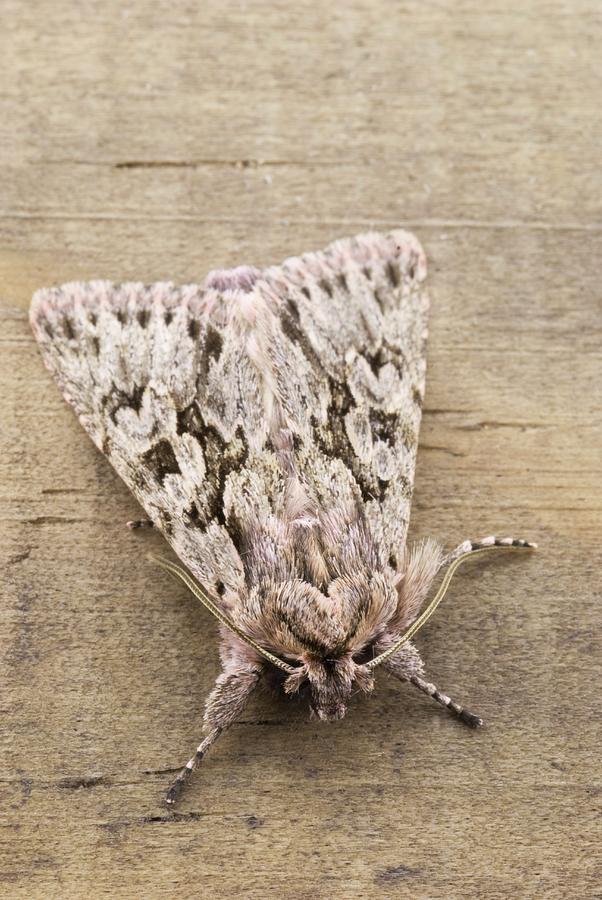
Early Grey Moth Photograph by David Aubrey/science Photo Library Fine Art America
The Early Grey (Xylocampa areola) is a species of moth in the Noctuidae family. A fairly small macro moth, and is one of the most distinctive grey moths of Spring. It has a 'fin' similar to that of the Shark and Mullein group. Its oval and kidney mark are a lighter grey colour than the base colour, as is its outer markings. Some specimens have a pinkish tinge to the forewings. This species is.
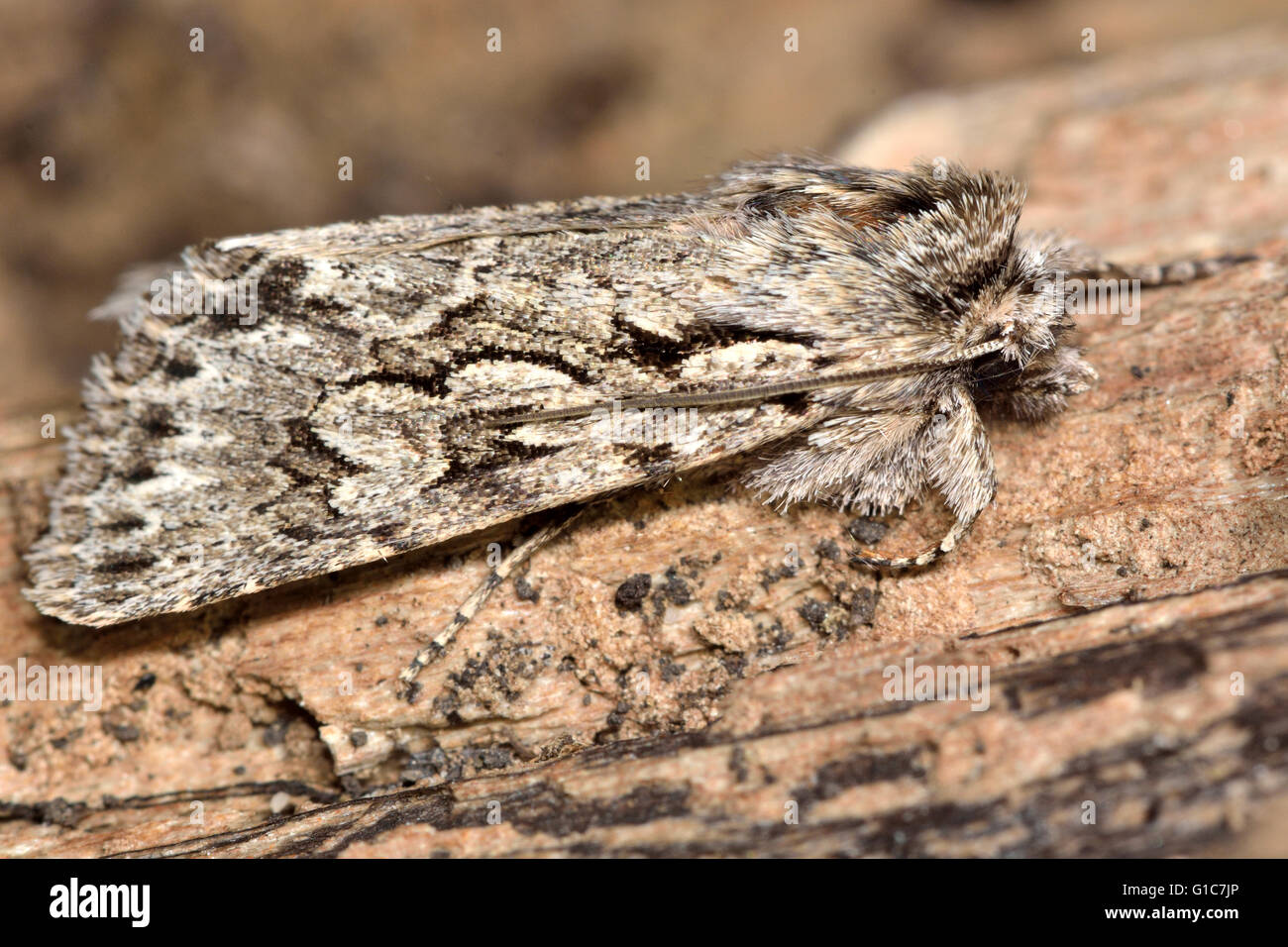
Early grey moth (Xylocampa areola) in profile. British insect in the family Noctuidae, the
Early Grey Xylocampa areola (Esper, 1789) Wingspan 32-40 mm. As the English name suggests, this is one of the earliest moths to emerge in the season, flying from March to May. It is fairly well distributed throughout Britain, though commoner in the south.
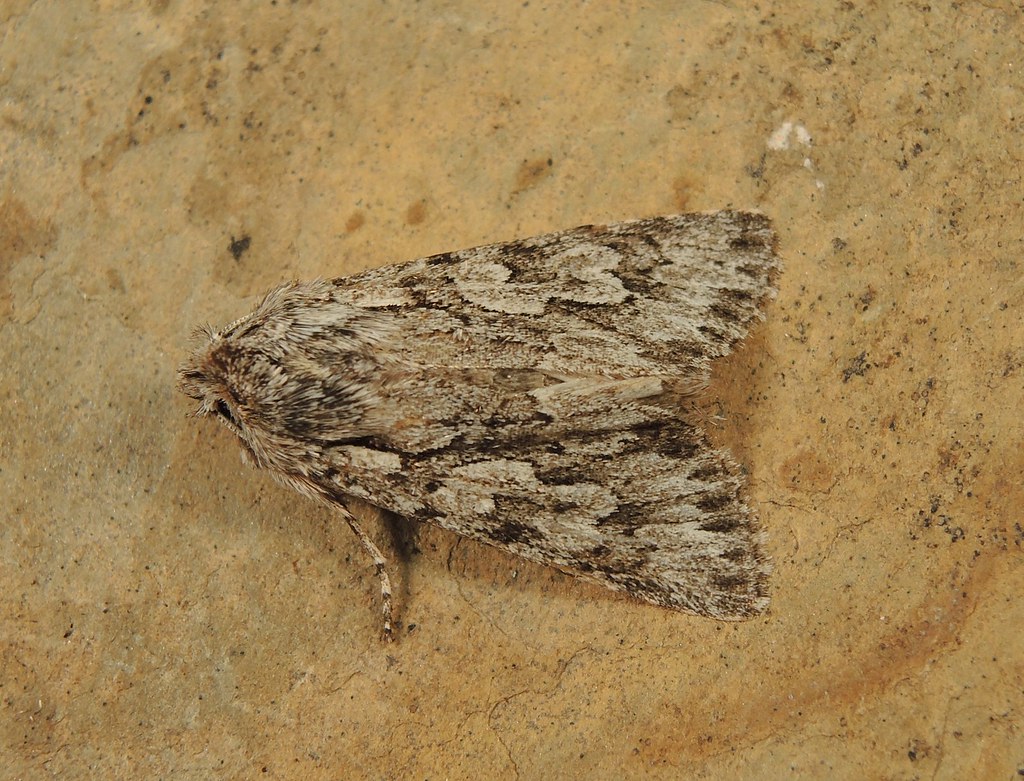
Early Grey (Xylocampa areola) An Early Grey Moth taken in … Flickr
As the English name suggests, this is one of the earliest moths to emerge in the season, flying from March to May. It is fairly well distributed throughout Britain, though commoner in the south. It tends to inhabit lightly wooded areas and suburban locations, where it is often a visitor to the garden light-trap.
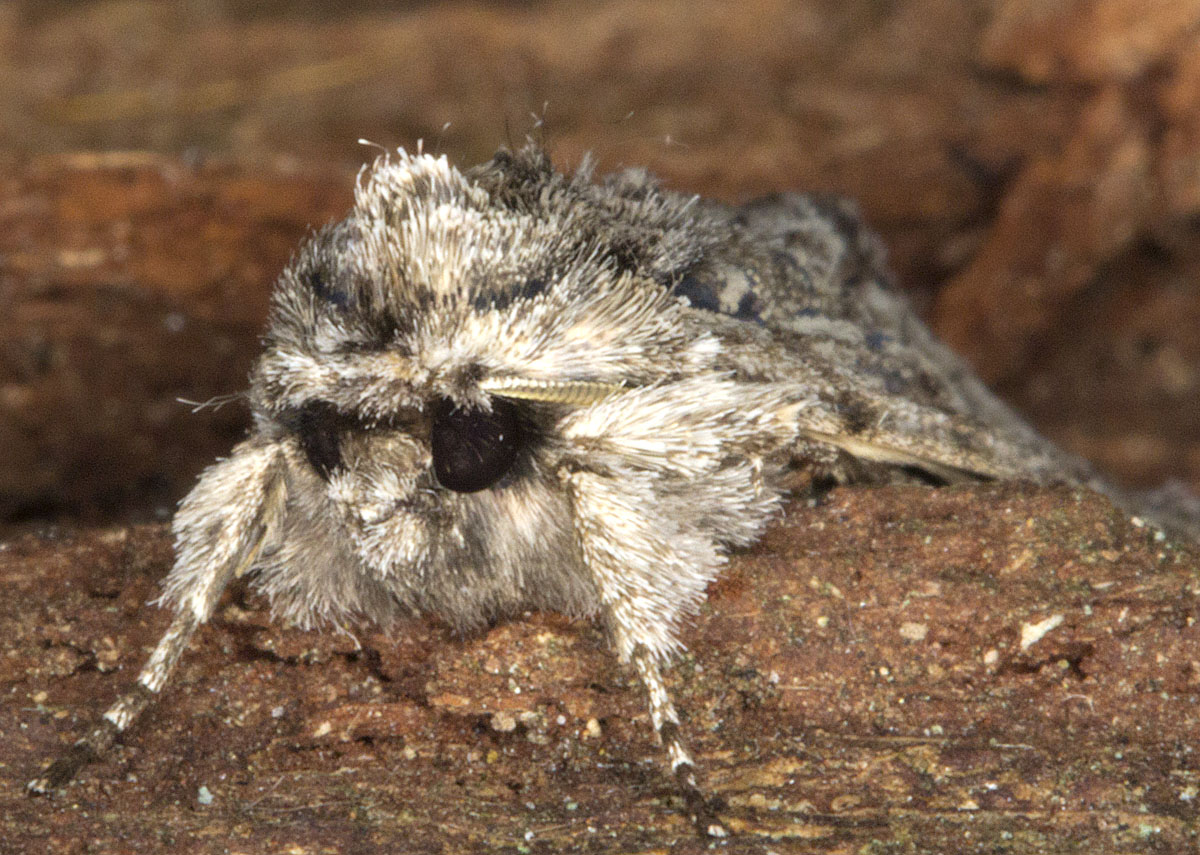
More Early Moths Naturally
The Early Grey (Xylocampa areola) is a species of moth of the family Noctuidae. It is found in Europe and Morocco .

Ceredigion Moths Woodland moths
All of the moth species recorded in NC, their distribution in the state;. Appears early in the spring and continues well into the fall. Breeding is continuous throughout the growing cycle.. Photo Gallery for Anavitrinella pampinaria - Common Gray Moth: 148 photos are available. Only the most recent 30 are shown. Recorded by: Simpson Eason.

Early grey moth Stock Image Z355/1381 Science Photo Library
Background. The early grey, Xylocampa areola, is a medium sized noctuid moth, intricately grey mottled with conjoined stigmata on the forewing, that starts to emerge early in the temperate moth season (usually February in the UK).The early grey is found in deciduous woodland, hedges and a wide range of other habitats, including heathland, fens, and gardens, wherever its larval foodplant.

Pin on Moths at Eskrigg Reserve
First, moths are generally identified by their saw-edged antennae that give the long feelers a fuzzy appearance. Second, moth identification is also possible by the way they place their wings when they land on objects. Moths tend to hold their patterned wings flat, parallel to the ground when resting.
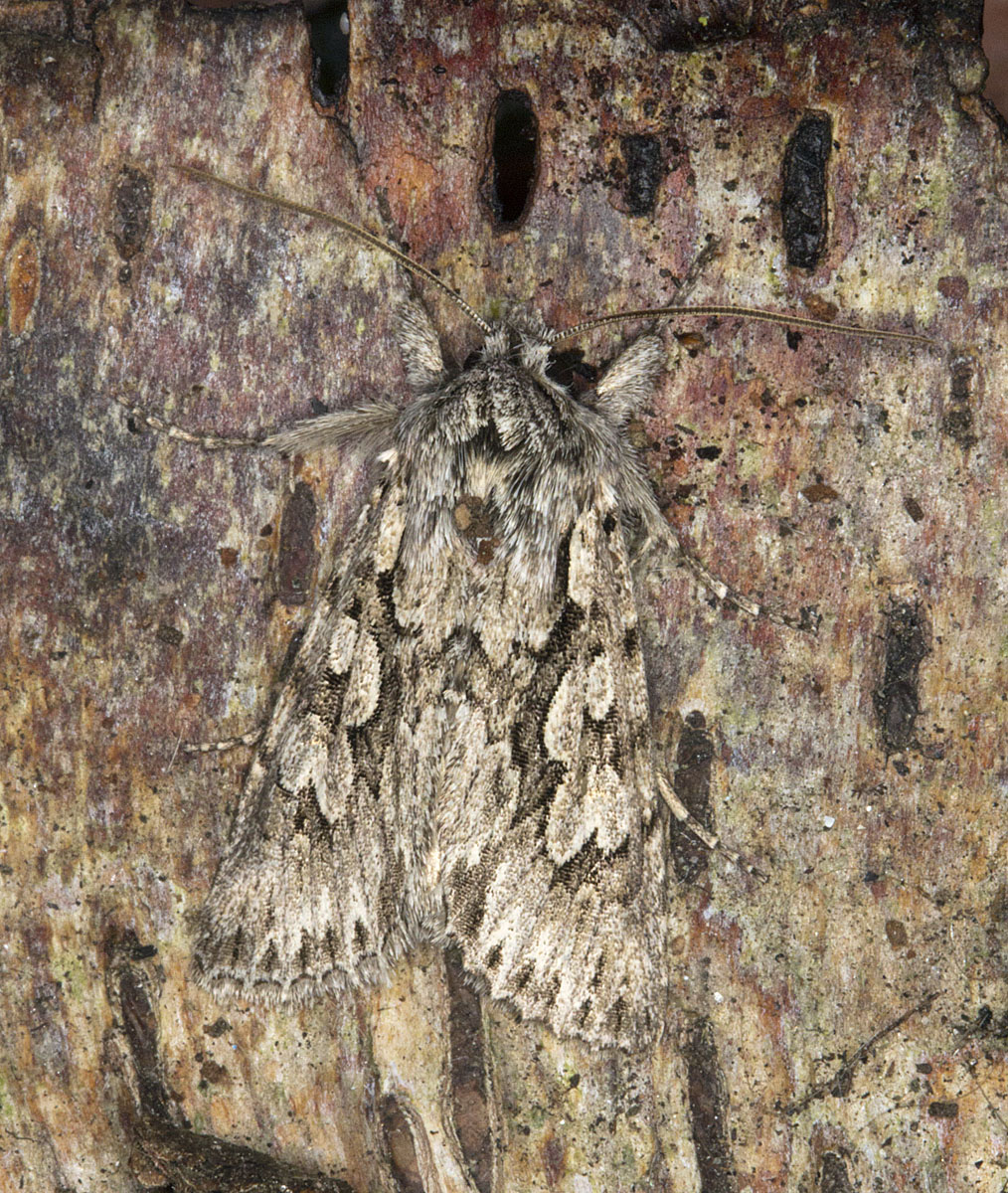
Another Early Grey Naturally
Wingspan Range - 30-36mm Conservation Status UK BAP: Not listed Common Caterpillar Food Plants Wild Honeysuckle ( Lonicera periclymenum) as well as cultivated varieties. Habitat Broadleaved woodland, scrub, hedgerows and gardens. Distribution Countries - England, Wales, Scotland and Ireland

73.069 BF2243 Early Grey Noctuidae Xylocampa areola
Background. The early grey, Xylocampa areola, is a medium sized noctuid moth, intricately grey mottled with conjoined stigmata on the forewing, that starts to emerge early in the temperate moth season (usually February in the UK).The early grey is found in deciduous woodland, hedges and a wide range of other habitats, including heathland, fens, and gardens, wherever its larval foodplant.

Life On An Oxfordshire Lawn Early Grey moth (Xylocampa areola) and Dark Chestnut (Conistra ligula)
FOR AGES 3 YEARS TO 18 YEARS Fun Common Gray Moth Facts For Kids Written by Moumita Dutta on 04 November 2021 ; Updated on 20 October 2022 Sub-edited by Monisha Kochhar ; Fact-checked by Kidadl Team 8 mins to read Contents Share this article Get inspiration for education! Subscribe for virtual tools, STEM-inspired play, creative tips and more
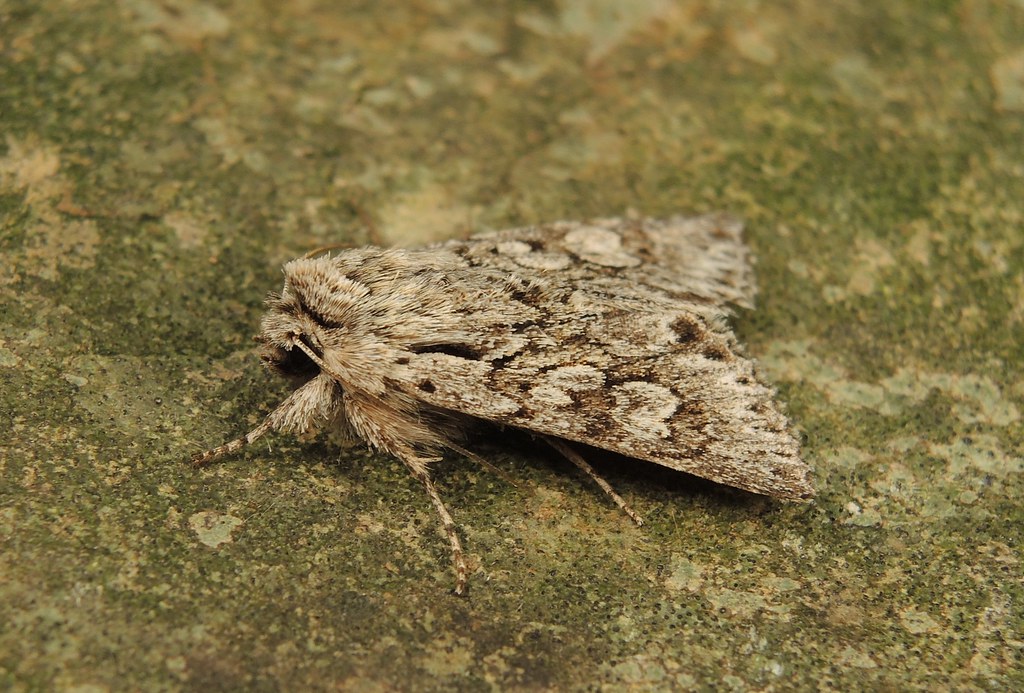
Early Grey (Xylocampa areola) An Early Grey Moth taken in … Flickr
Description Wingspan 32-40 mm. Forewing ash grey, rough in texture and marbled with blackish grey. Oval and kidney mark are pale and there is an additional oval joined to the first, and also to the kidney mark in most cases. Ground colour varies with some examples being darker than others. Identification difficulty Habitat
Pittsburgher in UK MOTHS
Broad-bordered Bee Hawk-moth. Broad-bordered White Underwing. Brown House-moth. Brown Silver-line. Brown-tail. Buff Arches. Buff Ermine. Buff-tip. Burnet Companion. Burnished Brass.. Early Grey. Early Thorn. Elephant Hawk-moth. Emperor Moth. Essex Emerald. Eyed Hawk-moth. F Feathered Gothic. Feathered Thorn. Festoon. Fiery Clearwing.

Early Grey Moth
Protoboarmia porcelaria, the porcelain gray or dash-lined looper, is a Geometrid species of moth found throughout North America, except in the far north.. The larvae awaken and begin feeding in early spring and pupate in June.

Minden Pictures Early grey moth (Xylocampa areola) camouflaged on tree bark, Rehaghy Mountain
An early season flyer, the pale Gray Spring Moth is most active in spring and early summer. Updated: 01/04/2022; Authored By Staff Writer; Content ©www.InsectIdentification.org Pale Gray Spring Moths can be found in fruit orchards as well as woodlands with fruit trees nearby. Light gray wings are peppered with dark freckles.